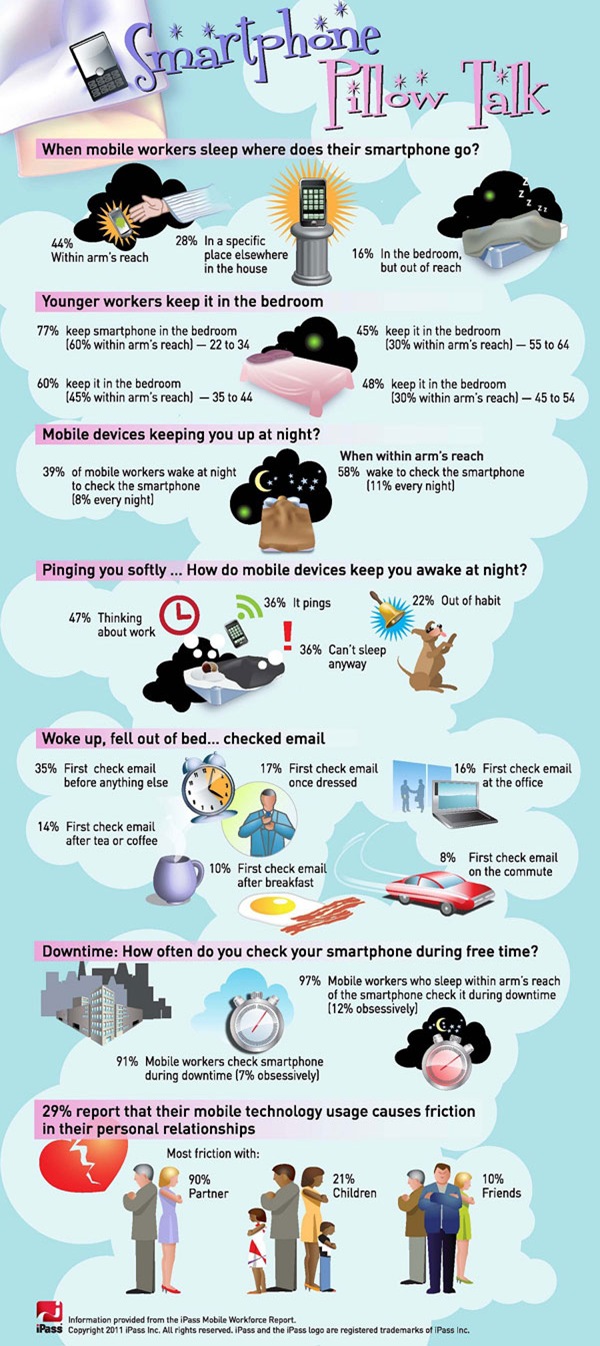If touch screen isn’t working out very well for you and want to replace it with some amount of touching yourself, then your prayers might have been answered. Folks at Potsdam University, Germany have come up with a imaginary phone to let you not touch your phone but touch yourself instead. A lot of unnecessary touching.
Here’s how it will work. You have to remember where the icons of your favorite apps are on your home screen. Then you keep your iPhone under the couch or some place where you can no longer access it. Then mount a camera on your head which is coming from the how-kinect-works stable. This camera should somehow send signals to a computer which should somehow send signals back to your iPhone which is now under your bums.
To unlock the screen and access your favorite app, you need to swipe your left hand with right hand or vice versa then think of touching your favorite app and then imagine that you are doing something worthwhile in the app. The camera mounted on your head (we are not sure how much it weighs) will then send the signals to the computer which sends it to the iPhone and voila, magic. Probably a dumb way to operate a smartphone. But I like it. I like where it is going.
This is sixth sense meets, incredible memory meets human glass touch screen – more in the lines of gorilla glass. Oh and there is a nice Kinect touch to the whole imaginary thing.
Sixth sense + Incredible memory + Human Glass + Kinect == Imaginary phone
If talking on a Bluetooth isn’t driving people crazy, then wait till you operate and talk to your hand. Thank god that this imaginary phone still needs the physical phone to answer the calls.
I am sure there are worthy uses of this technology. As the inventors themselves pointed out, may be this can be used for remotes which are notorious for misplacements. This reminds me of the Big Bang Theory and how in one episode the gang let the household devices in California to be operated by someone in China. When Penny asks the geeks why? The answer is "Because we can."
I couldn’t find any other plausible explanation. Could you?
Via New Scientist






![Cheapest 4G VoLTE Phones under 7000 [Jan 2017]](https://thegadgetfan.com/wp-content/uploads/2016/12/VoLTEphones-190x122.jpg)
